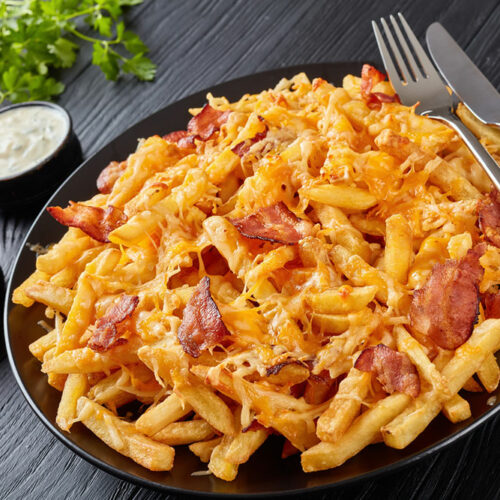4 common sleep apnea mistakes to avoid

Sleep apnea is a severe, sleep-related disorder triggered by airway obstruction. This condition causes a person’s breathing to suddenly stop and start when asleep . Sometimes, a change in the brain’s function related to breathing and chest muscles can cause sleep apnea. Sleep apnea is chronic and not curable; however, it can be managed by using a CPAP machine and avoiding some common mistakes people tend to make. Sleep apnea mistakes Here are a few common sleep apnea mistakes to avoid: 1. Following an unhealthy lifestyle When not managed well, sleep apnea is known to stress the heart by raising blood pressure and causing mood swings. It also affects one’s ability to think clearly. All of these get worse if one follows an unhealthy lifestyle. For instance, the symptoms of sleep apnea are aggravated if a person’s lifestyle is mostly sedentary. The lack of any physical activity causes oxygen and energy levels to go down, making it harder to sleep. 2. Not changing sleep position A common mistake many people with sleep apnea make is not changing their sleep position. This is especially true for those who have a habit of sleeping on their back. Sleeping on one’s back increases the likelihood of obstruction in breathing during sleep.






